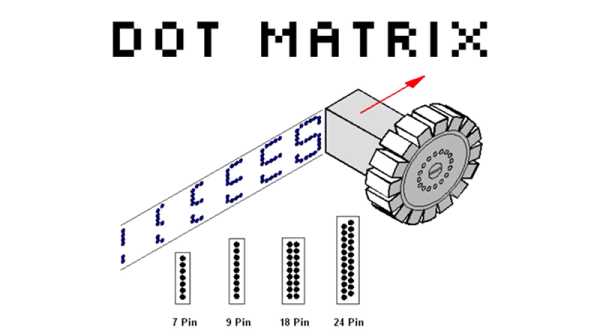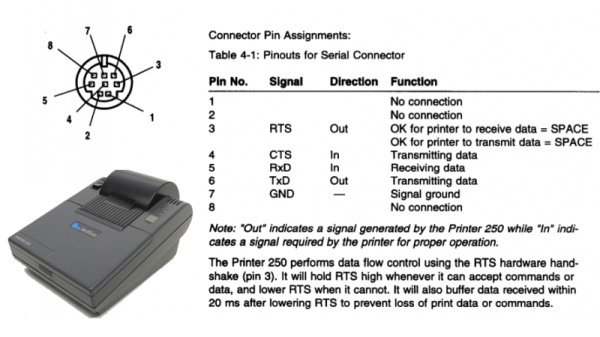These days a printer — especially one at home — is likely to spray ink out of nozzles. It is getting harder to find home laser printers, and earlier printer technologies such as dot matrix are almost gone from people’s homes even if you’ll still see a few printing multipart forms in some offices.
[Thomas Winningham] bought an old Commodore dot matrix printer in a fast food parking lot for $20. How hard could it be to get it working? How hard, indeed. Check out the video below to see the whole adventure. The principle behind the printer is simple enough. The head has one or two rows of pins each controlled by a solenoid. The head moves across the paper and your job — should you decide to accept it — is to make the pins push out at the right spot. An ink ribbon like a typewriter uses — oh yeah, more vanishing tech — leaves ink on the paper where it gets punched by the pin.












